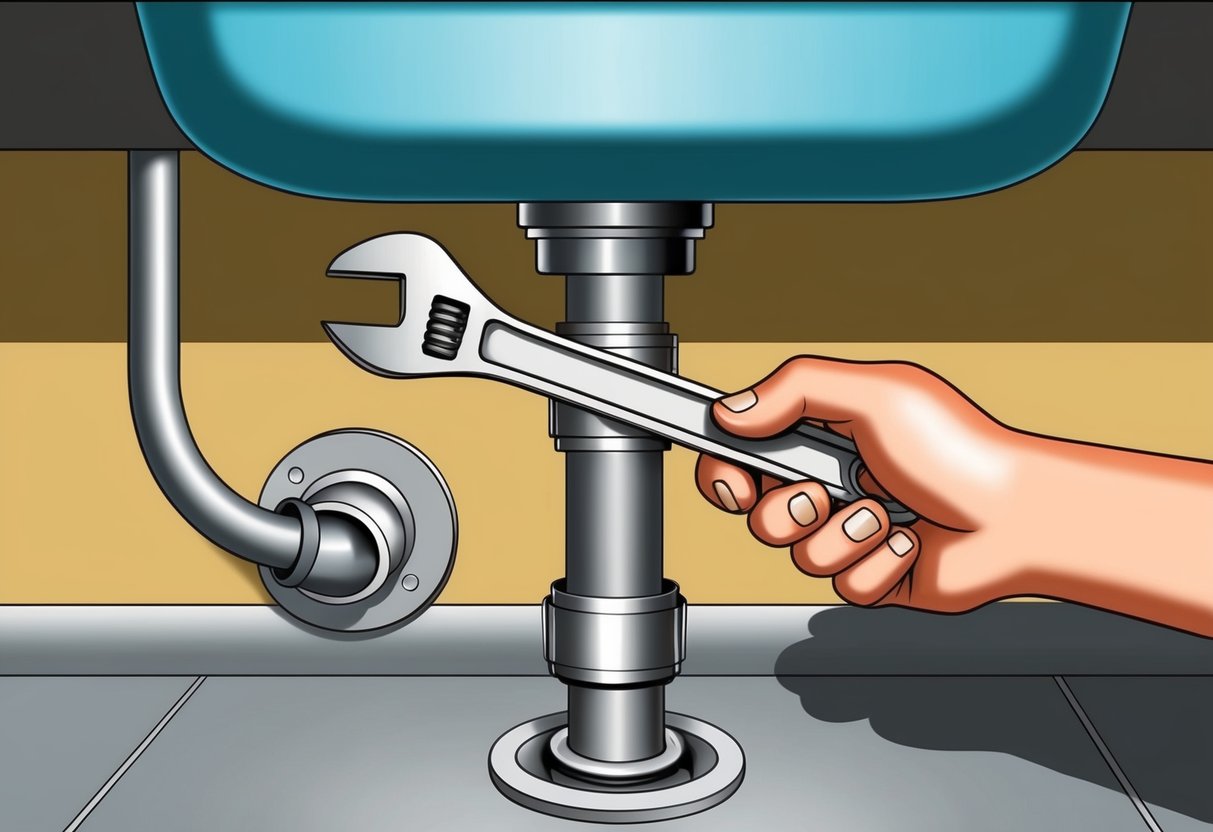
Plumbing problems can show up unexpectedly, leading to frustration and potential expensive repairs if not addressed quickly. Many everyday plumbing issues like leaky faucets, running toilets, and clogged drains can be fixed at home with simple tools and basic DIY techniques, saving both time and money.
Addressing these problems right away also helps prevent further water damage and bigger issues down the line.
Homeowners looking to avoid a costly visit from a professional plumber can benefit from learning practical solutions for common plumbing challenges. From tightening connections to replacing simple parts, there are many easy plumbing fixes that anyone can master.
This guide covers straightforward steps and useful tips to help resolve trouble spots throughout the home and keep household plumbing systems running smoothly.
Understanding Common Plumbing Problems
Plumbing issues such as leaks, clogs, and water pressure changes are common in many homes. Identifying these problems early and knowing their warning signs can help homeowners avoid costly plumbing repair jobs and water damage.
Identifying Plumbing Issues
Plumbing problems often appear in areas frequently used, including kitchens, bathrooms, and laundry rooms. Common plumbing issues include dripping faucets, running toilets, low water pressure, and slow or clogged drains.
Each of these problems can cause higher water bills, wasted resources, or larger issues if left unaddressed. Leaky pipes are also a frequent concern, especially in older homes with aging fixtures or pipes.
These leaks may result in damp floors, walls, or ceilings and can cause structural damage. For small leaks under sinks or behind appliances, check for puddles, water stains, or mildew odors.
Below is a quick reference for common issues:
| Problem | Usual Location | Potential Cause |
|---|---|---|
| Dripping Faucet | Kitchen/Bathroom | Worn-out washer |
| Running Toilet | Bathroom | Flapper or valve issue |
| Low Water Pressure | Kitchen/Bathroom | Clogged aerator/pipe |
| Clogged Drain | Kitchen/Bathroom | Hair, grease buildup |
For more guidance, see this helpful overview of common plumbing problems and solutions.
Recognizing Signs of Plumbing Problems
Common signs of plumbing problems involve visible and hidden warnings. Slow-draining sinks or bathtubs, gurgling sounds from drains, and unpleasant odors hint at blockages or venting issues.
A sudden increase in water bills suggests leaks in pipes or fixtures. Peeling paint or yellowish spots on ceilings and walls indicate possible water leaks inside drywall.
Water around the base of toilets or under sinks may reveal failing seals or pipe joints. Mold or mildew smells often signal hidden moisture, which may result from plumbing leaks.
Keep an eye on fluctuating water pressure, rattling pipes (known as water hammer), and persistent moisture in certain areas. Find additional tips for spotting and addressing these problems at this comprehensive guide on identifying plumbing issues.
DIY Plumbing: Essential Safety and Tools
Homeowners can handle many do it yourself home repairs with the right tools and attention to safety. The foundation of any successful DIY plumbing project is combining preparation, high-quality equipment, and basic precautionary measures.
Basic Tools for DIY Plumbing
A standard DIY plumbing kit includes several key tools that are suitable for most home repairs. A pipe wrench is essential for tightening or loosening pipes and connectors, while an adjustable wrench helps work with different fittings easily.
A plunger is crucial for clearing clogs in sinks and toilets, and a plumber’s auger or drain snake is ideal for stubborn blockages that a plunger can’t shift. Teflon tape helps seal threaded joints to prevent leaks and plumber’s putty is perfect for creating watertight seals around drains.
Other helpful items include a set of screwdrivers (both flat and Phillips), a sturdy bucket to catch water, and channel lock pliers for gripping and turning. Having these essential plumbing tools on hand allows homeowners to manage most minor plumbing issues without calling a professional.
Safety Measures for Home Repairs
Before starting any DIY plumbing project, home safety should be a priority. The water supply should always be turned off at the main valve to avoid accidental flooding.
It’s important to wear protective gloves and safety goggles to shield hands and eyes from dirty water or debris. Non-slip shoes can reduce the risk of slipping on wet surfaces, and care should be taken to keep tools dry to prevent electrical shock if power tools are used.
When working around chemicals, proper ventilation is necessary to avoid inhaling fumes. Homeowners should also keep a phone nearby in case of emergencies and know the location of the main water shutoff and, where relevant, the circuit breaker.
Following these simple security measures can make do it yourself plumbing safer and more effective.